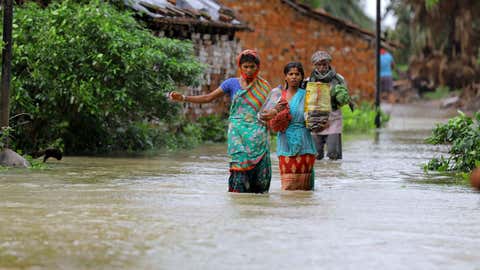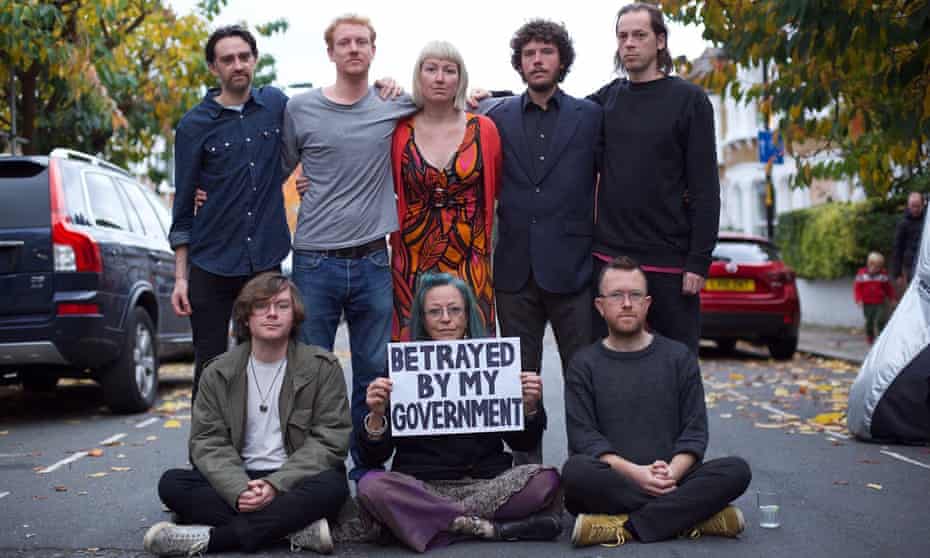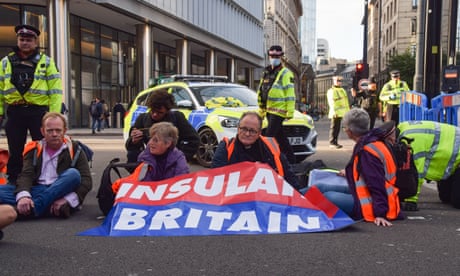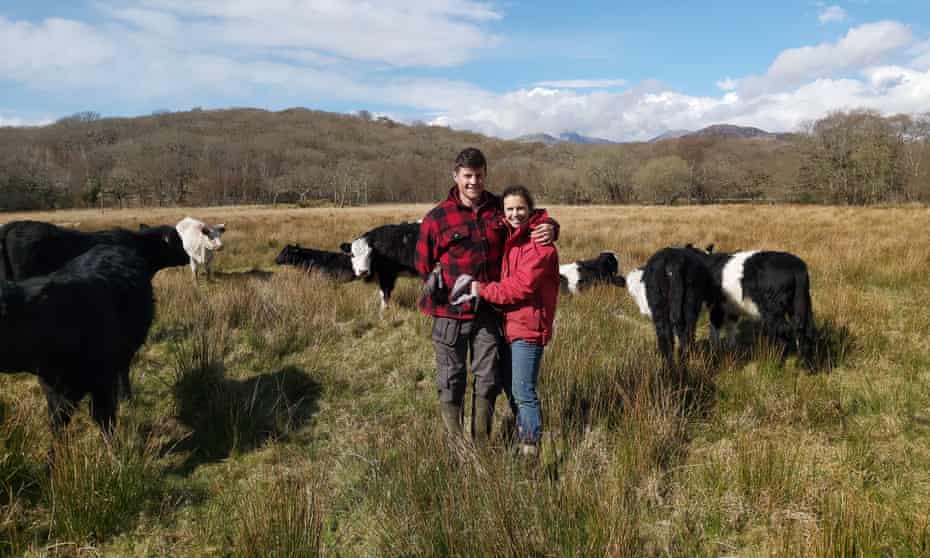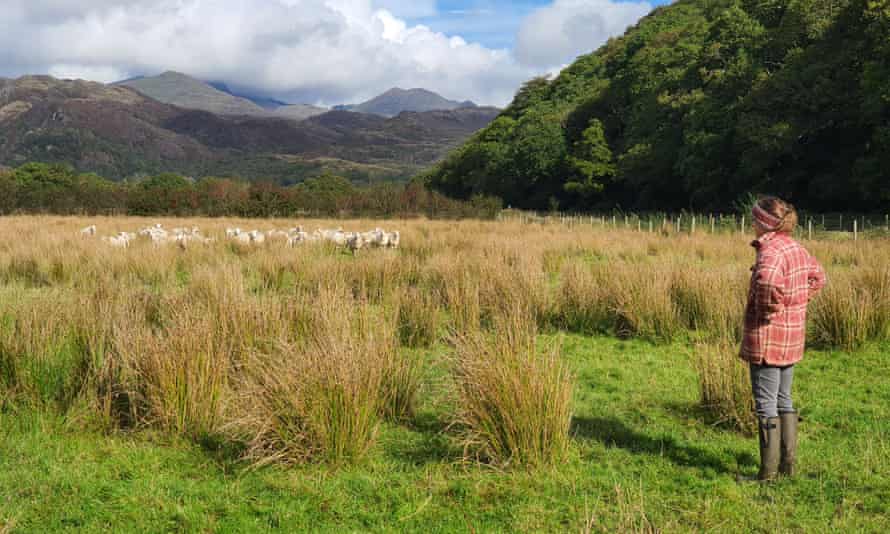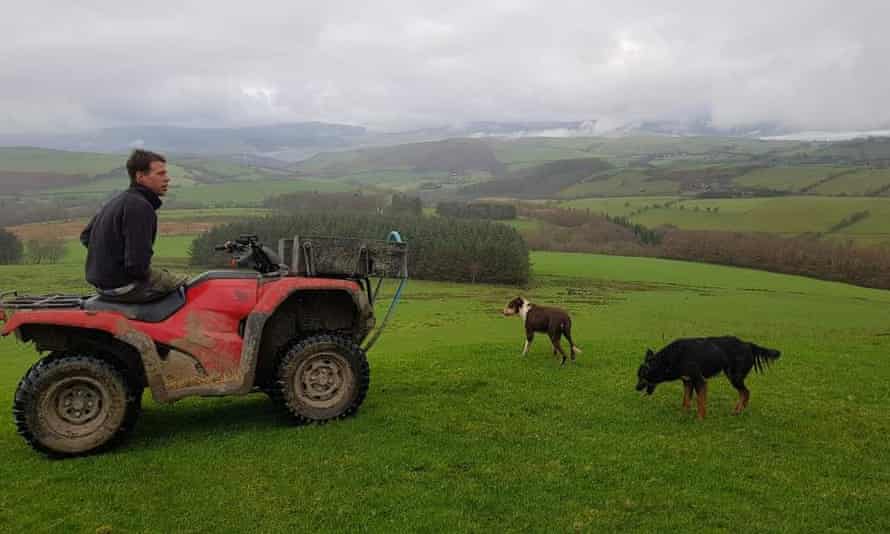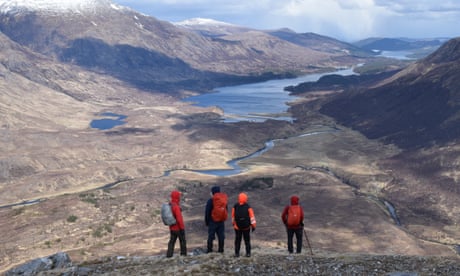By Frédéric Simon | EURACTIV.com
Dec 22, 2021

With clean energy and climate policy reforms, the EU "can actually address energy poverty at the core and get rid of it once and forever," said Adela Tesarova, an official at the European Commission’s energy department. [EURACTIV / YouTube]
While EU member states provide financial support to poor households affected by rising energy bills, the European Commission is focusing on long term solutions like energy efficiency and renewables, which have the potential to “eradicate energy poverty” once and for all, an EU official dealing with the issue has said.
Energy poverty is “a pre-existing problem” to the current energy price hike, which is linked to the inability of people to pay their fossil fuel bills, said Adela Tesarova, an official at the Commission’s energy department.
“We want to avoid that decarbonisation makes this problem worse,” she told a EURACTIV event held earlier this month, saying this is why the EU executive proposed creating a social climate fund worth €72.2 billion for the 2025-2035 period.
The ongoing energy price crisis has put energy poverty in the spotlight, with EU governments scrambling to alleviate the burden on the most vulnerable households with short-term measures such as direct income support.
Around 31 million Europeans are living in energy poverty and are unable to keep their homes adequately warm, according to Eurostat figures.
Direct income support schemes, such as France’s energy vouchers, are supported by the European Commission, which put forward a “toolbox” of measures in October to address rising energy prices in the short term.
For the long term, the Commission tabled “structural measures” to boost energy efficiency and renewables, which will reduce Europe’s dependence on fossil fuels, Tesarova said.
“Moving away from fossil fuels is a way to eradicate energy poverty,” the official said, citing EU programmes helping people to insulate their homes and other initiatives to boost renewables.
“Because if people are not dependent on fossil fuels, we will not have energy poverty,” she said.

EU outlines short and long-term answer to global energy price surge
The European Commission unveiled on Wednesday (13 October) a “toolbox” of measures EU countries will be able to draw from when responding to rising energy prices in the short term, while pointing to an upcoming gas market reform for measures to be considered in the long term.
Despite this, the EU’s response to rising energy prices is creating divisions among EU member states.
EU leaders discussed the topic at a summit earlier this month but could not reach a common position because of disagreements over the bloc’s carbon market, the Emissions Trading Scheme (ETS).
Spain and Poland have urged the EU to curb volatile prices on the carbon market by limiting speculative activity, a stance at odds with that of other countries, including Germany.
“The ETS doesn’t work,” Polish Prime Minister Mateusz Morawiecki said after last week’s EU summit, adding that higher carbon costs “are very dangerous” because they push up manufacturing costs and consumer prices.
Pawel Cioch, vice-president of Polish state-owned electricity company PGE, said high energy prices are a major driver of energy poverty.
“This is why the ‘Fit for 55’ package should not only enable the achievement of new European climate targets but also mitigate the negative effect that proposed changes will have on consumer bills,” Cioch said, referring to the EU’s package of clean energy and climate laws tabled earlier this year, which aims for a 55% reduction in greenhouse gas emissions by 2030.
In the case of the Czech Republic and Slovakia, energy expenditure already exceeds 20% of the average household budget, Cioch pointed out. And in the case of Romania, Hungary, and Bulgaria, the share of energy expenditure is around 15%, he told participants at the EURACTIV event.
If green reforms at the EU level are not accompanied by financial support, he said, energy companies will have no choice but to increase prices in order to secure funding for new investment in clean energy.
“The price increases must take into account the social impacts and should be introduced gradually,” Cioch said. “This is why a reasonable pace towards a climate neutrality which reflects national conditions is of crucial importance, especially now when electricity and gas prices in the EU are very, very high”.

EU energy talks dissolve over carbon, green finance fights
Talks between European Union country leaders on energy policy ended with no agreement on Thursday (16 December), as states squabbled over how to respond to record-high carbon prices and upcoming green investment rules
Niels Fuglsang, a Danish lawmaker from the Socialists and Democrats (S&D) group in the European Parliament, agrees that something must be done to prevent the green transition from pushing up energy prices.
“I believe also as a social democrat that if you don’t do it in a socially just way you will have no green transition at all,” he told participants at the EURACTIV event. “We’ve seen examples of that in France most prominently, with the Yellow Vests protesting against climate policies” which pushed up petrol and diesel prices at the pump, he reminded.
Baiba Miltovica, a rapporteur on the EU Renovation Wave for the European Economic and Social Committee (EESC), an EU consultative body, warned against pushing green policies without at the same time providing financial assistance for people to insulate their homes and switch to clean heating systems.
“Of course we need to exit from fossil fuels,” she said. “But on the other side, there is society” and people who “already faced energy poverty before the energy price crisis,” she cautioned.

Planned EU carbon market reform is 'politically suicidal', warns French MEP
Plans to extend the EU’s carbon market to transport and buildings would be “politically suicidal” and risk triggering social unrest similar to the 2018 Yellow Vests movement in France, warned French MEP Pascal Canfin last week. EURACTIV France reports.
Energy poverty: a systemic issue
According to Dimitri Vergne from consumer organisation BEUC, the whole discussion on energy poverty needs to be reframed.
“Too often the problem of energy poverty is approached as a social policy issue and our point as a consumer group is that it is first and foremost a systemic problem” involving the whole energy system and its infrastructure.
By focusing only on social policy, the EU will mitigate the social impact of rising energy prices on poor consumers but it “will never really tackle the root causes of energy poverty” and give a long-term perspective to solve the problem at its roots, he said.
According to Vergne, the Commission’s proposed ‘Fit for 55’ package of energy and climate laws is the right way forward to achieve that.
“We don’t think that the ‘Fit for 55’ package is a risk to increase energy poverty. What we think is rather the opposite – the ‘Fit for 55’ package is the best opportunity we have to tackle the causes of energy poverty” with ambitious programmes to renovate buildings and switch to clean heating systems.
Speaking on behalf of the European Commission, Adela Tesarova could not agree more.
“We cannot resolve the underlying social issues with energy policy but we can actually address energy poverty at the core and we can get rid of it once and forever,” Tesarova said.
“So let’s do it and let’s use this opportunity we have now when everybody talks about it,” she concluded.
> Watch the full EURACTIV debate on YouTube:




